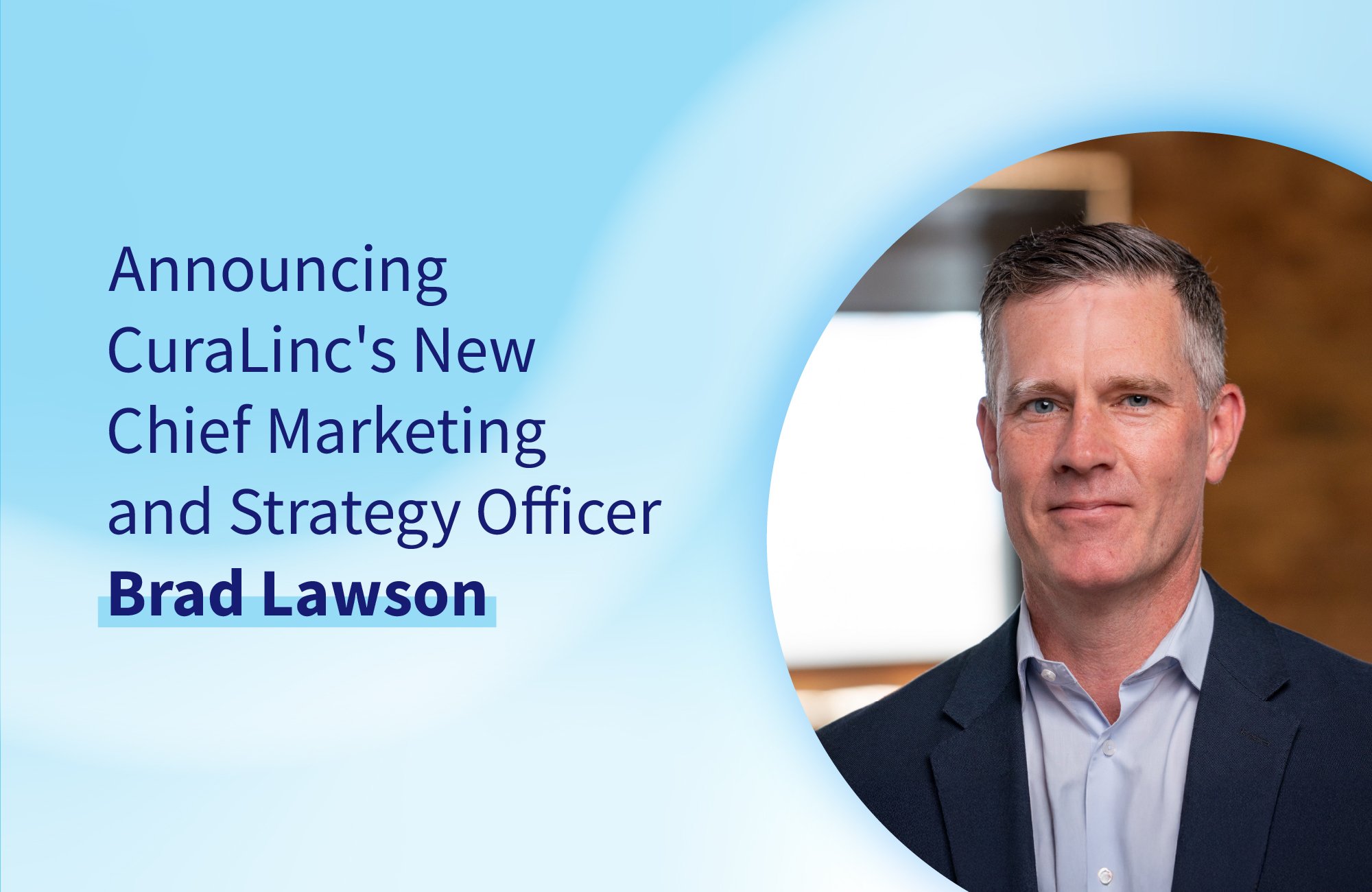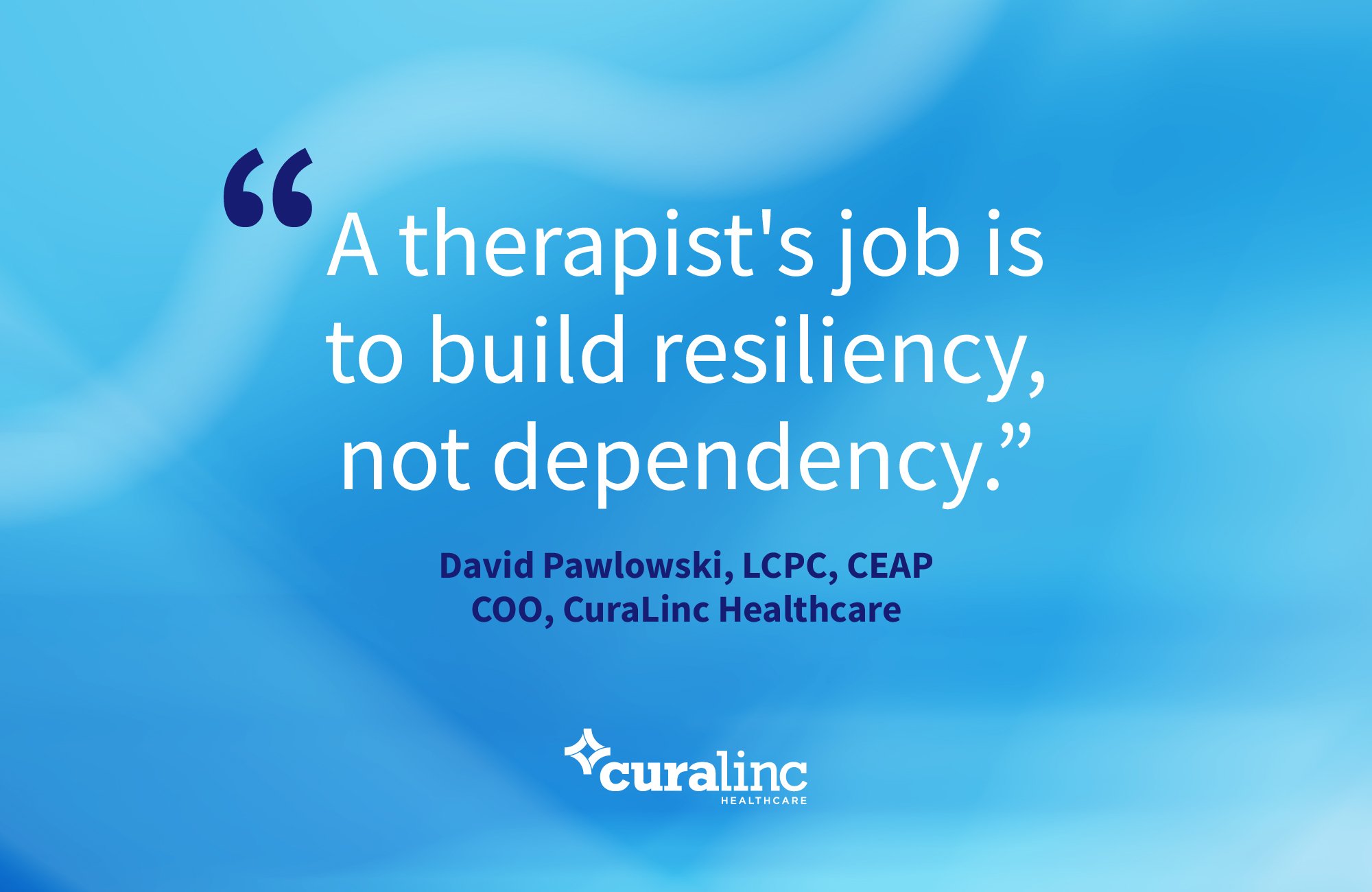A new peer-reviewed study sheds light on the pervasiveness of anxiety risk and its impact on work.
The prevalence of anxiety among employees was widespread during the pandemic, but a new peer-reviewed study from CuraLinc Healthcare demonstrates that these issues didn’t soften once the masks came off and calls to return to work began. The study, published in the International Journal of Scientific and Research Publications, sought to uncover the prevalence of anxiety among American employees and find out how the condition, when untreated, impacts workplace productivity.
Before 2020, employees most often sought support from CuraLinc’s employee assistance program (EAP) for stress and depression. Post-pandemic, anxiety is a more common presenting concern than depression. Just under half (42%) of employees had a clinical level of anxiety symptoms upon contacting the EAP, which is four times higher than the typical working adult in the U.S. Moreover, 80% of at-risk employees sought support for issues other than anxiety, suggesting they did not prioritize their anxiety or were unaware of the condition. The study also found little to no correlation between anxiety and age, gender or even industry. Ultimately demonstrating a widespread risk of clinical anxiety among workers, paired with minimal awareness or education of the condition.
Anxiety's impact on productivity
To gain more understanding of what this data means for employers, CuraLinc evaluated productivity lost to absenteeism or presenteeism for employees within the month before beginning treatment. The study showed those at-risk for clinical anxiety lost more than 64 hours of productive time within the 30 days prior to beginning treatment. Employees presenting with both anxiety and depression (24% of those evaluated) reported up to 78 hours of productive time lost within the previous 30 days, more than three times that of a typical employee.
While the study clearly demonstrates the increasing risk of anxiety among employees and its correlation with productivity loss, positive highlights of increased awareness and decreased symptoms are proof points for the success of the EAP’s treatment. Of those presenting with clinical anxiety at the onset of treatment, 88% experienced reliable improvement and 79% of those initially at-risk had a symptom decrease dramatic enough to now be below the at-risk threshold. Overall, these results showcase the likelihood of EAP intervention leading to an improvement in employees’ awareness of their condition, management of symptoms and ability to successfully perform their job.
The EAP’s impact on employer success
Over half of the employees evaluated were seeking support for work-related issues, and many of those with clinical anxiety and/or depression were experiencing up to almost two weeks of productivity time lost within a 30-day period due to their condition. By implementing a successful workforce mental health support program, employers provide the access and education necessary to help employees to deal with issues as they arise, ultimately preventing widespread productivity pitfalls and avoiding the ever-increasing costs of turnover.
Methodology
CuraLinc Healthcare evaluated over 20,000 employees that accessed the EAP for counseling and coaching during 2022 and the first half of 2023. Users were evaluated upon accessing the program and then again once treatment was completed. Evaluations of anxiety risk, depression risk, alcohol misuse, productivity and absenteeism were completed with clinically validated tools, including the GAD-2, PHQ-2, AUDIT-C, and WOS.
About CuraLinc Healthcare
CuraLinc Healthcare provides transformative mental health care fueled by connectivity – marrying technology and personalized advocacy to engage, empower and support employees throughout their care journey. For more information, visit curalinc.com. Additional details regarding this study can also be found at IJSRP.org and EAPOutcomes.com.




